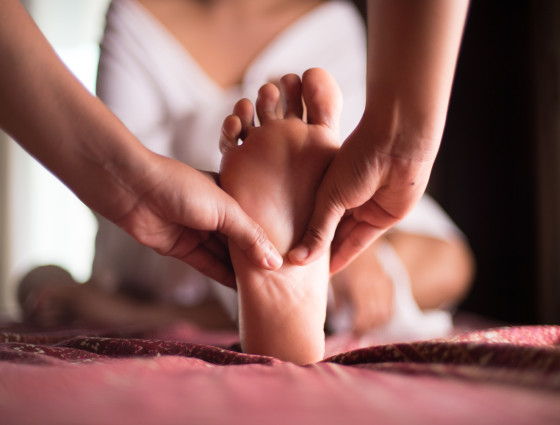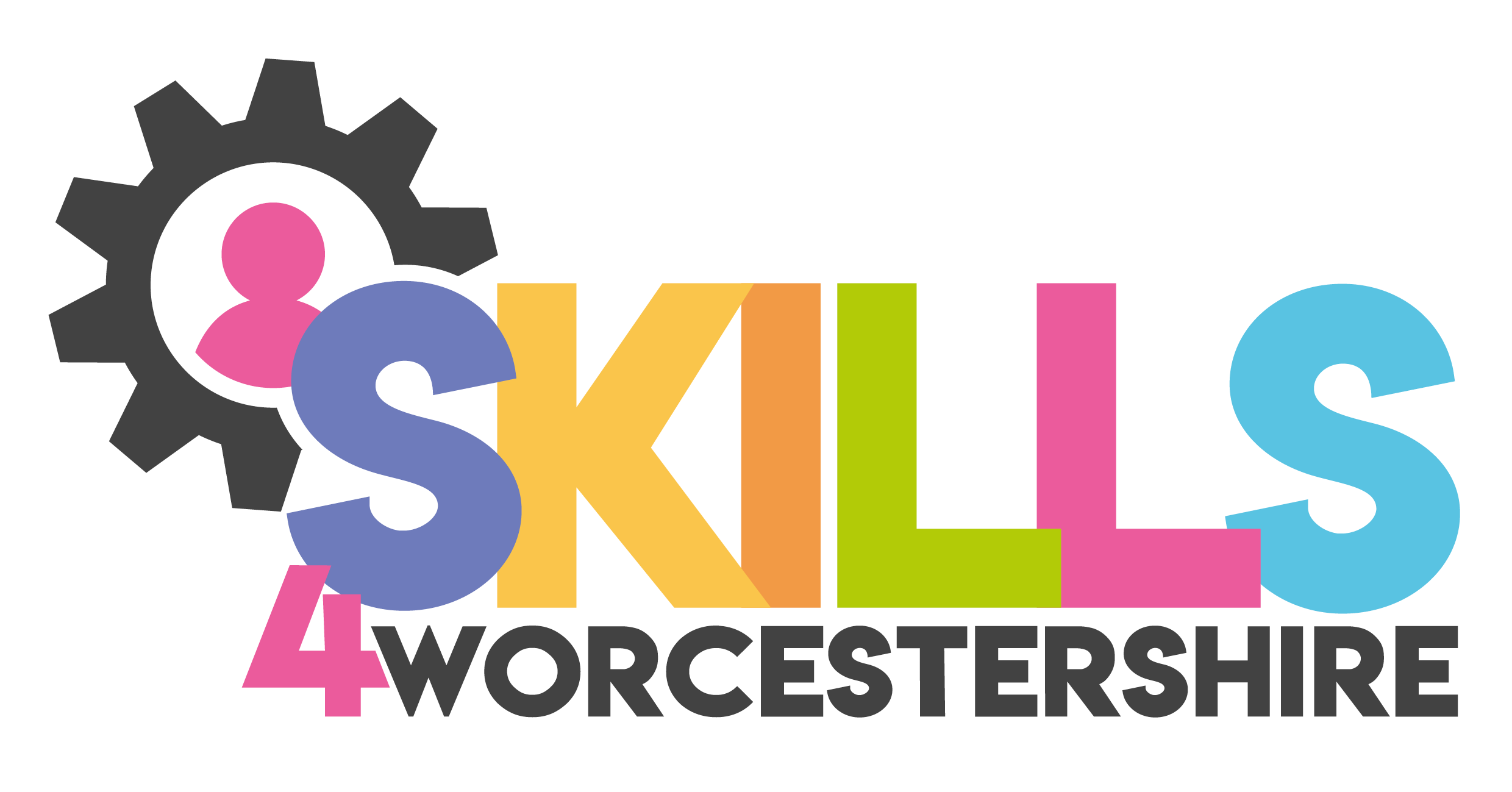
Beauty and Wellbeing - Reflexologist
Beauty and Wellbeing - Reflexologist
Red
Reflexologists apply pressure to certain parts of the hands and feet (reflexes) which they believe can help with relaxation and wellbeing.
- Explain reflexology treatments to the client
- Get the client's details like health, diet and lifestyle
- Examine the client's feet and hands for problem areas
- Apply pressure with the thumb and fingers to the client's feet, hands, face or ears
- Keep treatment records
- Refer clients to their GP if needed
- If self-employed, market your service and do business admin
You could work in a therapy clinic, at an adult care home, at a client's home, in an NHS or private hospital or at a hospice.
Your working environment may be physically and emotionally demanding.
You may need to wear protective clothing.
Reflexologists tend to work between 37 to 39 hours a week. You could work evenings and weekends as customers demand.
Variable
You could take a foundation degree or degree in complementary therapies or complementary healthcare.
You could take a course that will give you some of the skills and knowledge required for this role.
Courses include:
- Level 3 Diploma in Reflexology
- Level 3 Diploma in Complementary Therapies
- Level 3 Certificate in Holistic Health and Complimentary Therapies
- Level 5 Diploma in Practitioner Reflexology
You could do a level 3 wellbeing and holistic therapist advanced apprenticeship which may give you some of the skills needed to work towards this role.
This typically takes around 20 months to complete as a mix of workplace learning and off-the-job study. If you have an EHCP you may be able to apply under the DfE exemption which allows the apprentice to use Entry level 3 English and Maths qualifications. The apprentice would have to be component enough to successfully achieve all other aspects of the apprenticeship requirements, become occupationally competent and achieve Entry Level 3 in English and Maths before the end of their apprenticeship.
